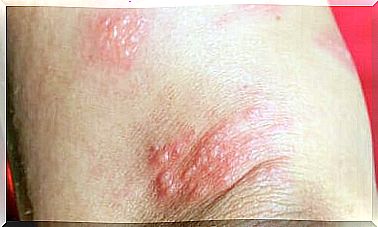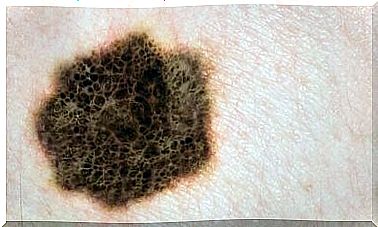Scarlet Fever In Children – Symptoms And Treatment
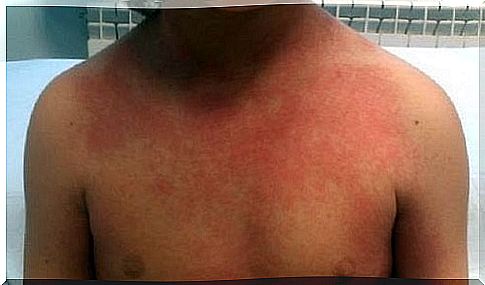
Health is one of the topics that is constantly on the minds of parents. It is important to be aware of the most common diseases in order to prevent them or treat them in time. Scarlet fever in children is one of them.
What is scarlet fever?
Scarlet fever is an infection caused by group A streptococci. This bacterium is capable of producing a toxin that some people are sensitive to.
It is important to remember that not all group A streptococci produce poison. Also, not everyone is sensitive to it.
Scarlet fever in children is most common between the ages of 4-8 years and almost never affects children under 2 years of age .
Causes of scarlet fever in children
These strep A bacteria have a tendency to infect the mucous membranes. The most common way of infection is through small drops of infected saliva. These are released into the environment when someone coughs or sneezes.
It is possible to get scarlet fever in other ways, but it is very uncommon. Examples of this include poorly cleaned food or toys or other objects that the child could put in his mouth. It can also be transmitted through where, but very few cases of this have been recorded.
Scarlet fever has an incubation period of between 2 and 3 days. Incubation is the time that passes between the moment you are first exposed to the infection and the onset of the first symptoms. During the incubation period, children can infect other people.
One of the most common places to be infected with this, or any other childhood disease, is school. The infection is particularly violent during the winter.
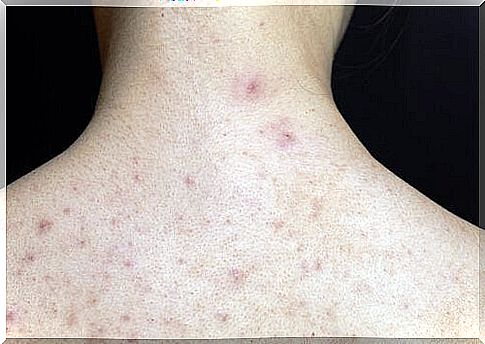
Symptoms of scarlet fever in children
The infection manifests itself in two stages. In the initial phase, there are some warning signs that are easy to confuse with sore throat. The symptoms are extremely similar.
This period is often characterized by high fever, which comes on suddenly. Along with the fever, the child may have a sore throat and headache.
Vomiting is not common, but can be a symptom. In addition, some people may suffer from stomach pain and a feeling of exhaustion.
The second stage of scarlet fever involves rash. This is the most characteristic feature of the disease.
The rash usually appears as a reddish redness on the baby’s face and neck. They then spread downwards over the rest of the body.
At first, the rash may look more like a tan. When you press them with your finger, they lose their red color. Later, the skin remains red with tiny dots.
Another important characteristic of scarlet fever is that the rash affects the elbows, the back of the knees and the armpits. The rash tends to get worse where the skin is wrinkled and more sensitive.
Normally, it does not attack the area between the nose and mouth. Along with the rash , the tongue may take on a deep red color, and the lymph nodes in the throat will swell noticeably.
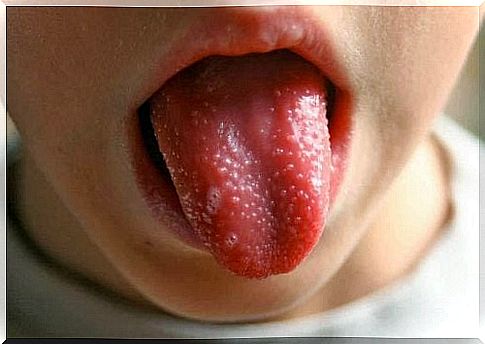
About 5 days after the rash first appears, they will slowly fade. Then comes the affected area scaly, as after a tan. It can take up to 8 weeks for the skin to return to normal.
How is scarlet fever diagnosed and treated?
In addition to the visible symptoms, a bacterial culture from the throat is the most effective method to diagnose scarlet fever and rule out other diseases. This is a lab test that will immediately detect if it is scarlet fever.
In any case, it is important to keep children away from people who have or could have the disease to avoid spreading the bacteria.
This childhood disease is treated with antibiotics, usually penicillin or amoxicillin. The antibiotic regimen takes at least 6 days.
Scarlet fever in children is usually not serious and the disease has become more uncommon. If treated properly, a scarlet fever infection should not be a cause for concern.





